Owners of the MacBook and MacBook Pro may find their keyboard repairs are quicker to complete than usual, with Apple Stores instructed to perform the repair at the in-store Genius Bar, rather than dispatching the notebooks out to an off-site repair shop.
An internal memo has been circulated to Apple Stores in the last week, headlined "How to support Mac customers with keyboard-related repairs in store." The document advises how technicians should prioritize the work to offer a "next-day turnaround time" for consumers, rather than being a multi-day fix.
"Most keyboard-related repairs will be required to be completed in store until further notice," the memo reads. "Additional service parts have been shipped to stores to support the increased volume."
The note goes on to advise of the next-day turnaround time prioritization, before reminding "When completing the repair, have the appropriate service guide open and carefully follow all repair steps."
It is unclear exactly why Apple is moving to make keyboard repairs an in-store fix, but it is likely an attempt to appease frustrated customers by cutting down the repair time as much as possible. A typical keyboard repair that required the MacBook to be shipped to a separate Apple facility takes up to five business days to complete, making a next-day repair a dramatic acceleration of the repair process.
The internal memo was first reported by MacRumors.
The butterfly mechanism used in the MacBook and MacBook Pro has been the subject of criticism over its reliability since its introduction. AppleInsider discovered in April 2018 the failure rates for the mechanism were double previous versions, strongly suggesting there are issues with its design.
The addition of an "elastic membrane" in 2018 seemed as if it would help reduce the instances of debris interfering with the mechanism, as well as making it quieter to type, though Apple only officially advised of the latter. Testing of the membrane, however, reveals the membrane does help protect against small amounts of fine dust getting into the mechanism, it was easily able to be overwhelmed and defeated by the addition of more debris.
In March, Apple came under fire for the issue in a prominent Wall Street Journal report. Issuing an apologetic statement, Apple advised only a small number of users were affected by issues relating to sticking keys and failing mechanisms, a statement Apple has frequently claimed in response to similar complaints.
Earlier mechanisms have been the subject of multiple lawsuits against Apple over the failures, and in June 2018 it initiated a service program for customers with affected keyboards.
 Malcolm Owen
Malcolm Owen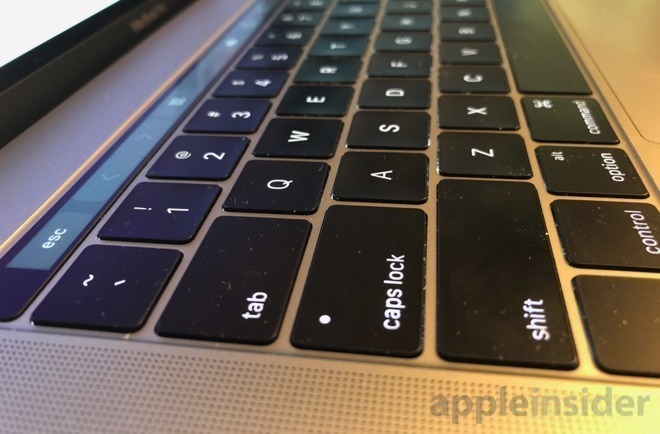
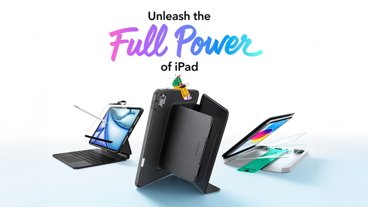
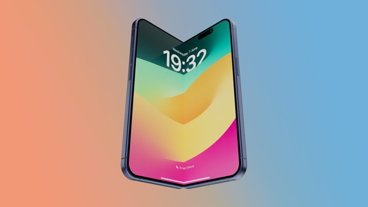
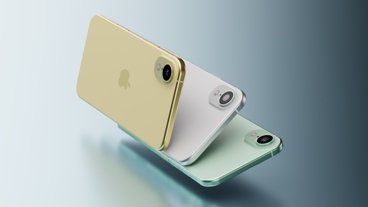
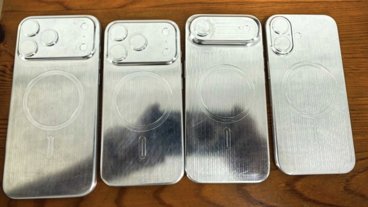



-m.jpg)






 Marko Zivkovic
Marko Zivkovic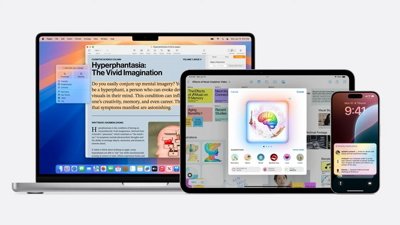

 Andrew O'Hara
Andrew O'Hara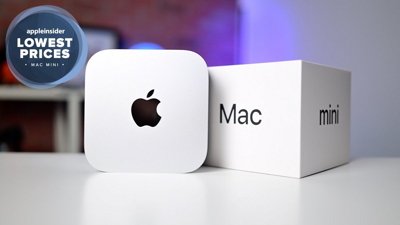
 Christine McKee
Christine McKee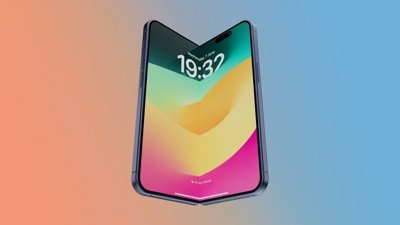

 Amber Neely
Amber Neely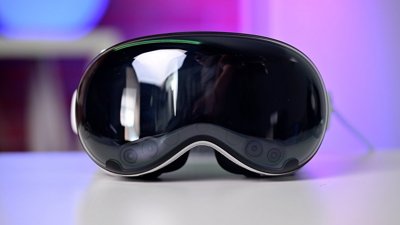
 Andrew Orr
Andrew Orr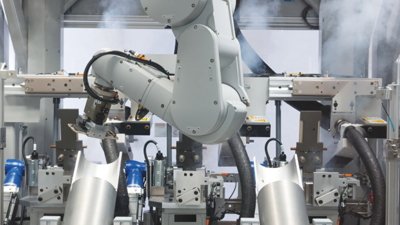
 William Gallagher
William Gallagher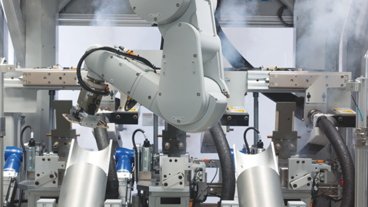









24 Comments
I have no experience with the butterfly keyboards but they certainly have divided people. Seems those used to traditional keyboards largely hate them, while people new to keyboard typing have fewer complaints. It’s rather disappointing that a very different keyboard design would not be pre-tested among hundreds, if not thousands, of testers prior to release. The functional elements of computers, not just the aesthetic ones, must be treated more seriously at Apple. If for nothing else, to reduce the repairs and complaints.
As a supporter of repairability I would rather have keyboard repairs not require interfering with other unrelated elements of the device such as the battery. If that requires a slightly thicker laptop and a more modular re-design, so be it.
And while they are at it, make the keyboard spillproof.
I would love to know the backstory on this keyboard. A lot of people blame Apple’s obsession with thinness for the issues yet Windows OEMs have laptops as thin as the MBP without problems. There are two separate issues with the butterfly keyboard which often seem to get conflated. Less key travel is not a defect it’s a personal preference. Keys sticking or plain not working is definitely a defect and something these butterfly keyboards seem to be plagued with.
Imagine if they could find a way to make the keyboard lift out as a single solid unit from the top, secured by magnets and connected by a Smart Connector type interface.
Was it the plastic MacBooks that had the keyboards that could be removed from the top of the case? Not like that exactly, but that general idea and done in a more solid modern way.